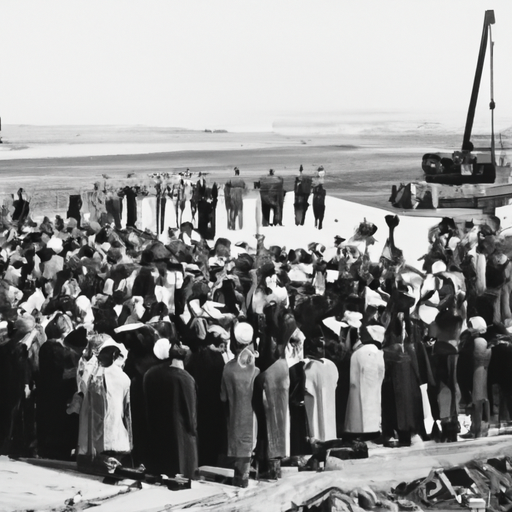Uncovering the Origins of San Francisco International Airport
San Francisco International Airport (SFO) is a bustling hub that connects millions of travelers to various destinations around the world. But have you ever wondered when this iconic airport was built? In this article, we will delve into the history of SFO and shed light on its origins.
The Birth of SFO
SFO has a rich history that dates back to the early 1920s. It all began when the city of San Francisco identified the need for a new airport to accommodate the growing demand for air travel. Construction of the airport started in 1927, and it was officially opened to the public on May 7, 1927.
Early Years and Expansion
During its early years, SFO was known as Mills Field Municipal Airport. It was named after the local aviator and landowner, Ogden L. Mills. The airport started with a single runway and a small terminal building, serving as a base for airmail and passenger flights.
As air travel gained popularity, SFO underwent several expansions to meet the increasing demand. In the 1930s, a new terminal building was constructed, and additional runways were added to accommodate larger aircraft. These expansions marked the beginning of SFO’s transformation into a major international airport.
World War II and Post-War Developments
During World War II, SFO played a crucial role in military operations. The airport served as a base for military aircraft and was heavily utilized for transporting troops and supplies. After the war, SFO experienced a surge in passenger traffic as commercial aviation took off.
In the following decades, SFO continued to expand its facilities and improve its infrastructure. The construction of new terminals, parking structures, and runways allowed the airport to handle a growing number of flights and passengers.
Modernization and Future Plans
In recent years, SFO has undergone significant modernization efforts to enhance the passenger experience and accommodate the latest advancements in aviation technology. The airport has implemented state-of-the-art security measures, improved terminal facilities, and introduced sustainable initiatives to reduce its environmental impact.
Looking ahead, SFO has ambitious plans for the future. The airport aims to further expand its international reach, attract new airlines, and increase its capacity to handle more passengers. With ongoing projects such as the construction of a new terminal and the expansion of existing facilities, SFO is poised to remain a vital transportation hub for years to come.
In conclusion, San Francisco International Airport (SFO) was built in 1927 to meet the growing demand for air travel. Over the years, it has evolved into a world-class airport, serving millions of passengers annually. With its rich history and continuous development, SFO stands as a testament to the progress of aviation and the importance of air transportation in connecting people and cultures worldwide.




